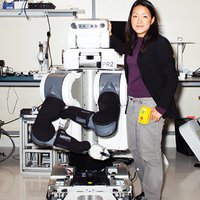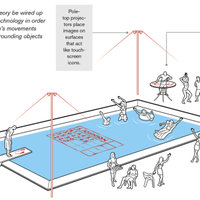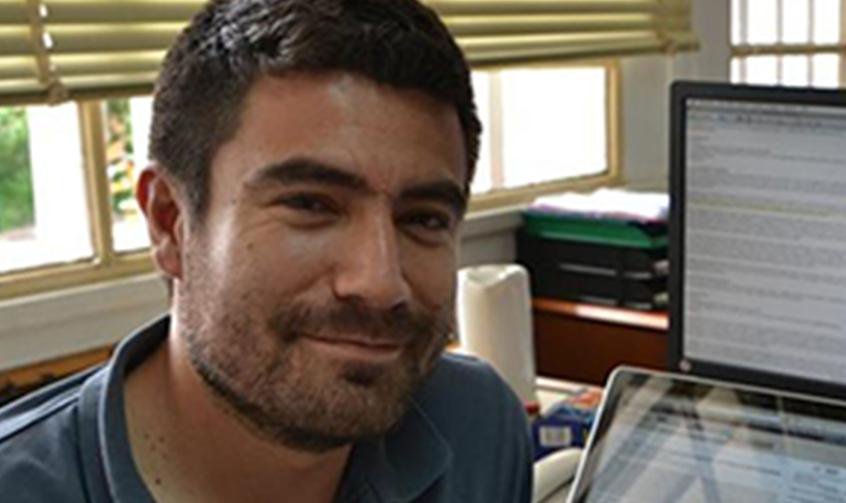"The stroke or cerebrovascular accident (CVA) is one of the main causes of death in the western world. In Spain it is the second leading cause of death and the first in women. Moreover, it assumes being the primary cause of disability and generates a very high expense for health and social services, which makes it one of the illnesses with most social impact. The scientists who developed the current Ictus Strategy of Spain’s Healthcare System evidenced this.
Something similar happens with a spinal cord injury. Although its incidence is much lower, this condition also points out a massive public health problem, because it disables those affected and inhibits their ability to take care of themselves due to lack of mobility that affects all or most of their whole body.
The most promising technologies in this matter in the most recent years have been developed in the fields of neurorobotics and biomechanics, such as brain control systems with devices or exoskeletons that allow a person previously paralyzed from the waist-down to get up and walk. However, these tools need to be improved because their potential has not been fully reached.
Making progress towards that goal is Juan Moreno, Colombian and Spanish bioengineer who has worked since 2002 in the Spanish National Research Council (CSIC). His personal research project focuses on the development of robotic tools for rehabilitation that are truly efficient and allow doctors to concentrate in treating patients, considering the mechanisms of neuroplasticity.
This focus is geared towards neural rehabilitation of patients, who have lost the ability to send the brain instructions to move the affected areas, basing itself on neuroplasticity: the brain’s ability to reorganize itself by means of making new neural connections. This ability can be developed as a response to injuries and illnesses as a form of adaptation to environmental changes, but it is not easy to accomplish this task.
The system thought out by Moreno aims to offer more precision than current therapies offer, so that health professionals can monitor the function of the affected patient’s nervous system, in order to design a model of time optimization of the robotic therapy, and generate new metrics of evaluation like brain function or the level of activity exhibited by the patient.
To date, Moreno has developed a smart gait orthosis to compensate for muscular weakness in knees and ankles, which has been patented worldwide. Thanks to this, the young innovator received the Imserso Infanta Cristina 2011 award for his contribution to innovative technologies of high social impact.
On the other hand, the TR35 winner has coordinated the European project BETTER, which has yielded new developments in neurorehabilitation systems that combine brain-computer interfaces with exoskeletons."




